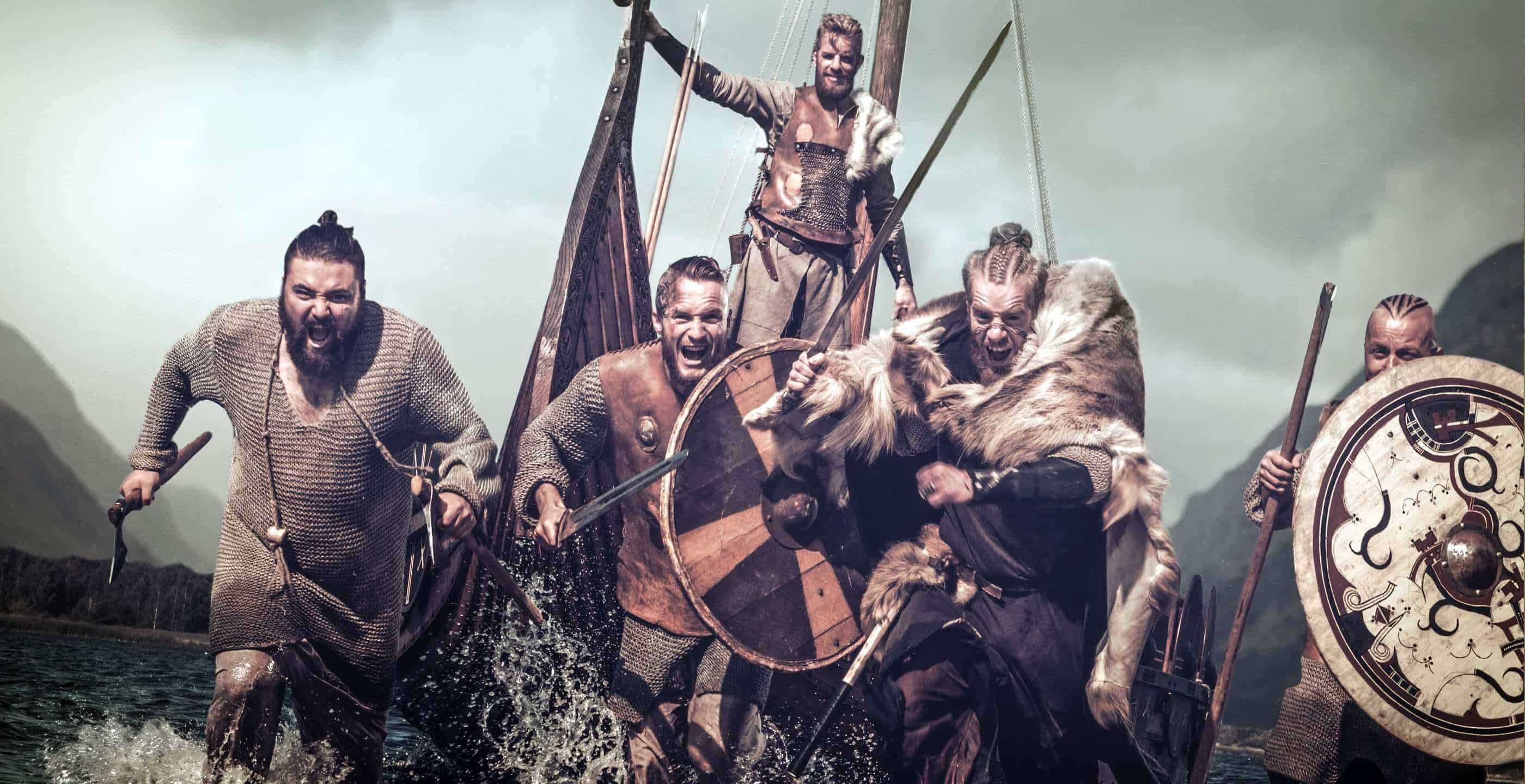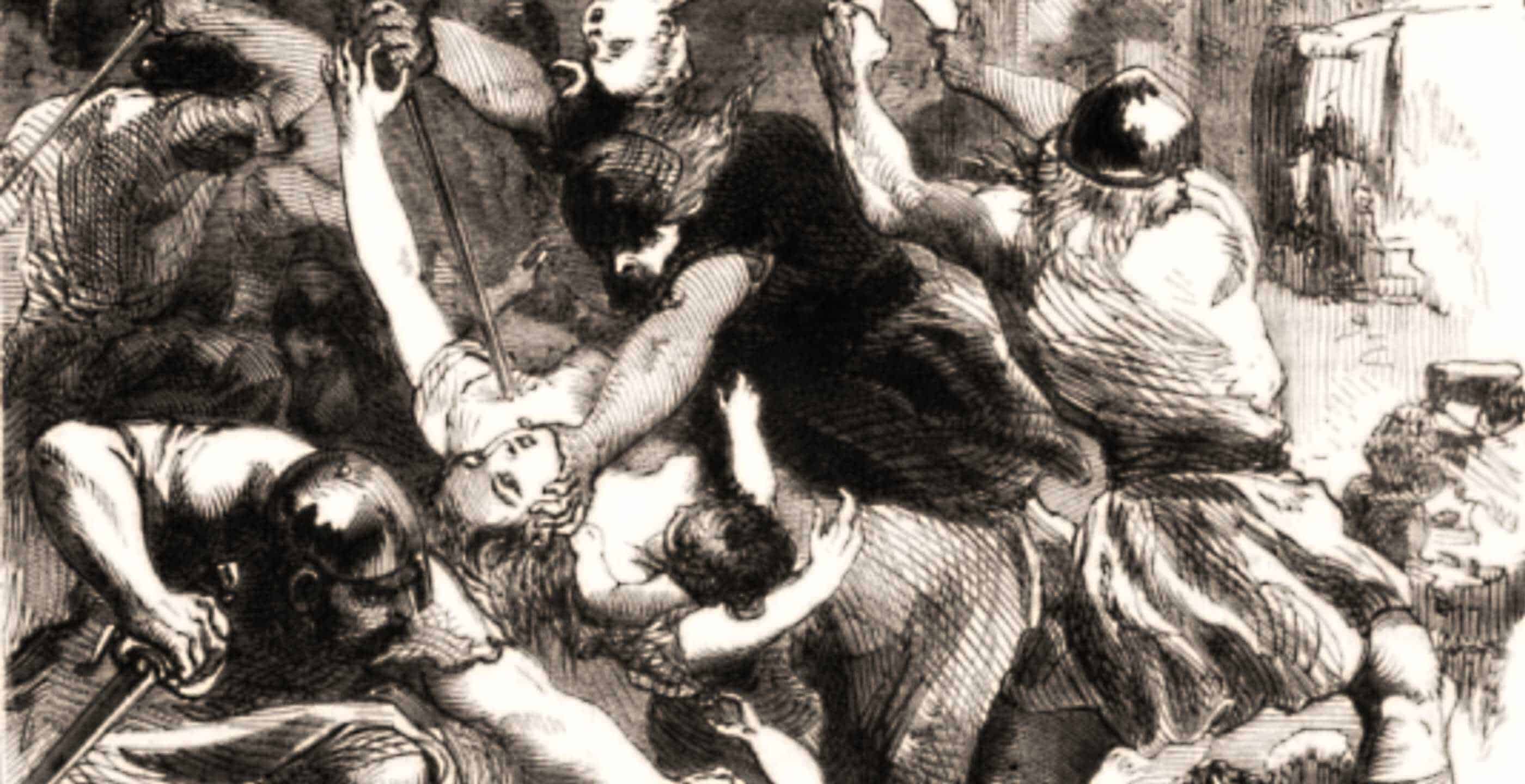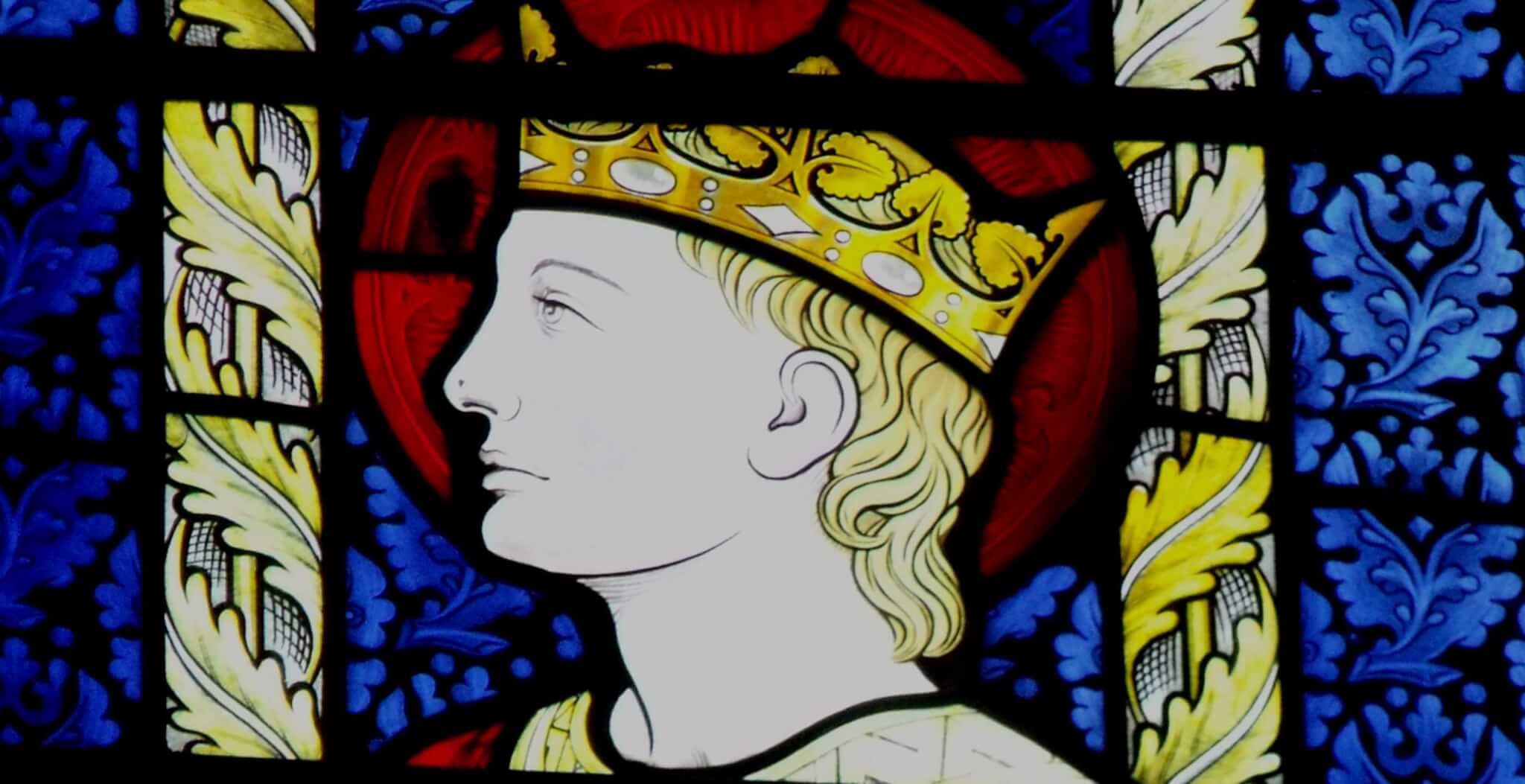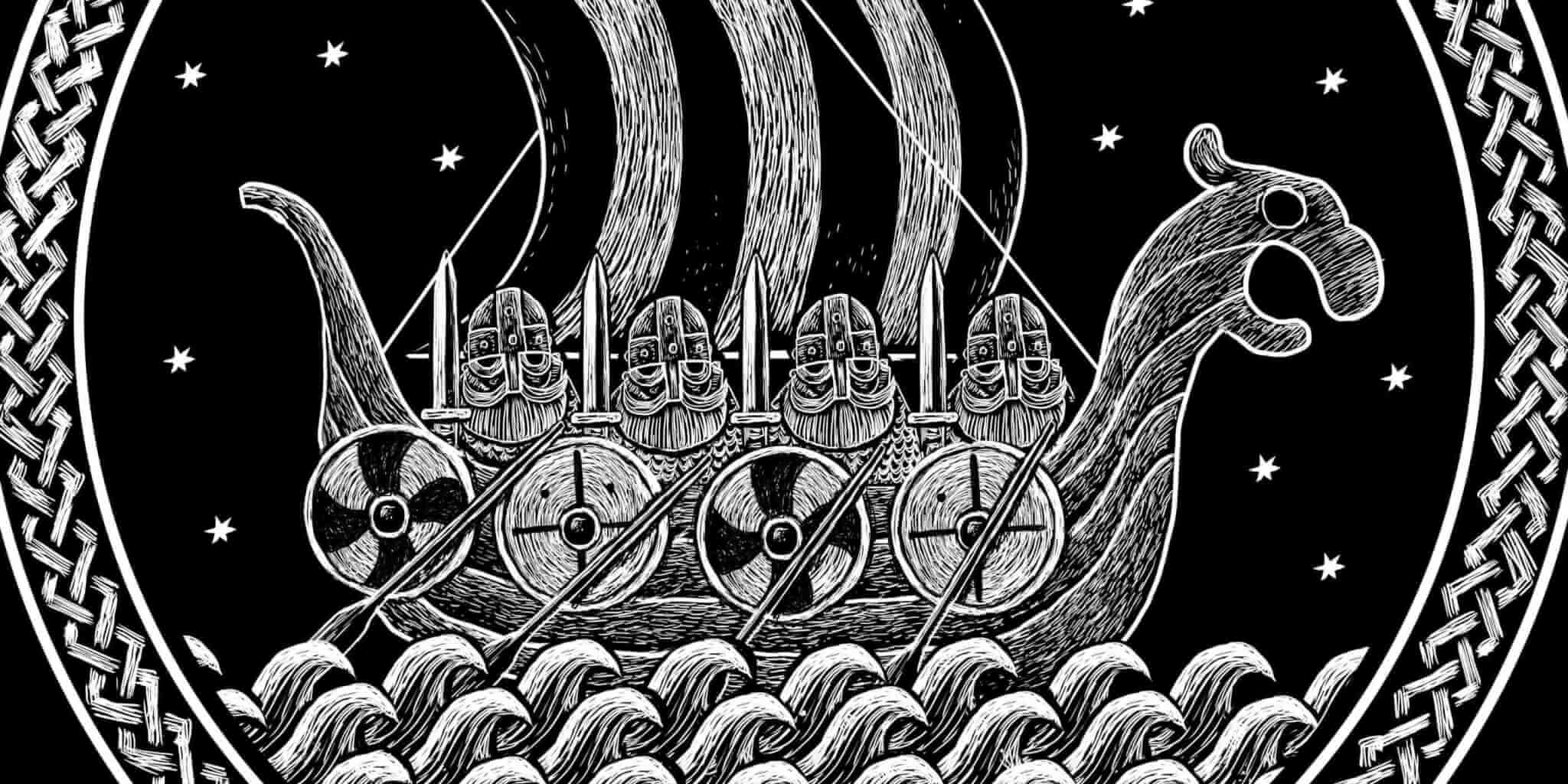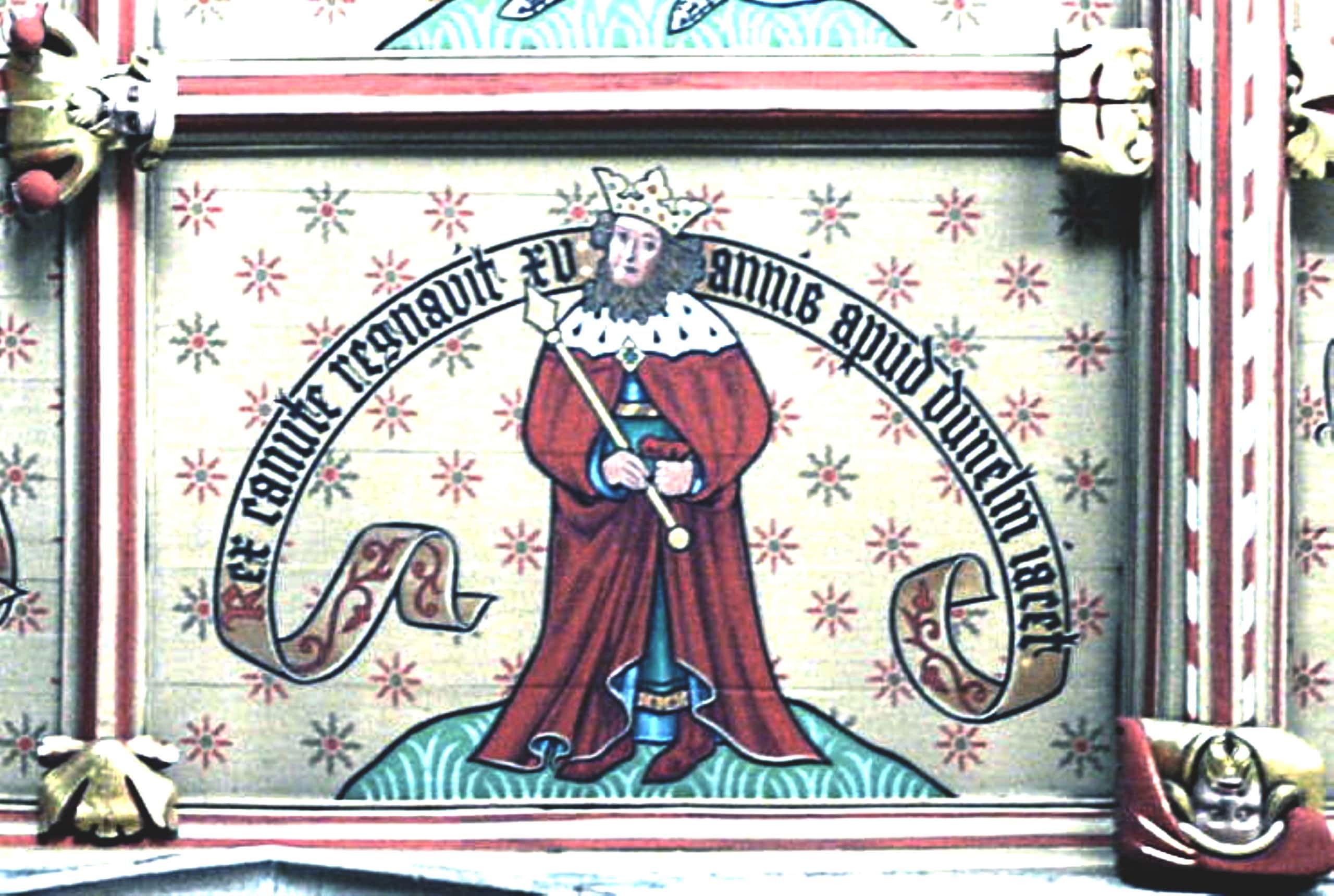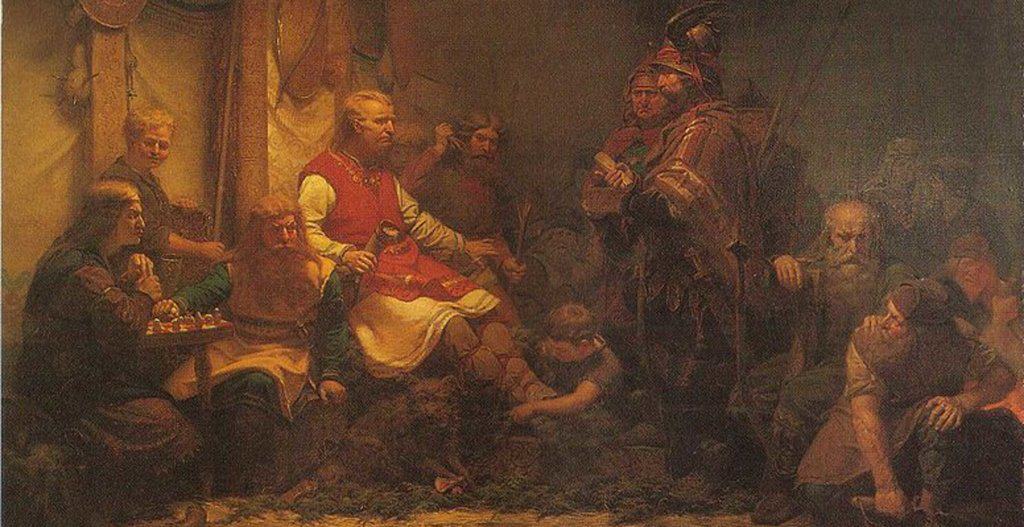Scourge of England and France, father of the Great Heathen Army and lover to the mythical queen Aslaug, the legend of Ragnar Lothbrok has enchanted story tellers and historians for almost a millennium.
Immortalised in the Icelandic sagas of the thirteenth century, the legendary Norse leader has since become familiar with modern audiences through the hit television show ‘Vikings’ – but there remain doubts over his true existence.
Ragnar himself stands at the farthest reaches of our past, in the dim grey mists that bridge myth and history. His story was told by the skalds of Iceland, 350 years after his supposed death, and many kings and leaders – from Guthrum to Cnut the Great – claim a lineage to this most elusive of heroes.
Legends tell us that Ragnar – son of King Sigurd Hring – had three wives, the third of whom was Aslaug, who bore him sons Ivar the Boneless, Bjorn Ironside and Sigurd Snake-in-the-Eye, all three of whom would grow greater in stature and fame than he.
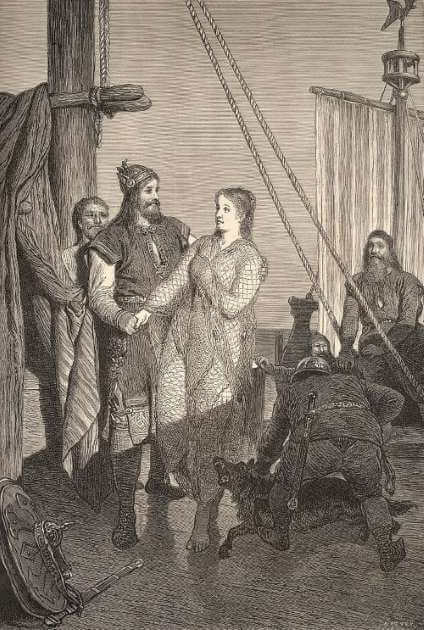
Thus, Ragnar was said to have set sail for England with only two ships in tow in order to conquer the land and prove himself better than his sons. It was here that Ragnar was overwhelmed by the forces of King Aella and was thrown into a pit of snakes where he foretold the arrival of the Great Heathen Army of 865 AD with his famous quote, “How the little piglets would grunt if they knew how the old boar suffers.”
Indeed, in 865 AD, Britain was subjected to the largest ever Viking invasion at the time – led by Ivar the Boneless, whose remains now lie in a mass grave in Repton – which would precipitate the beginning of Danelaw.
Yet, how much of our history really owes its existence to this legendary Viking King who had such a profound and lasting effect on this country we call England?
The evidence to suggest Ragnar ever lived is scarce, but, crucially, it does exist. Two references to a particularly eminent Viking raider in 840 AD appear in the generally reliable Anglo-Saxon Chronicle which speaks of ‘Ragnall’ and ‘Reginherus’. In the same way that Ivar the Boneless and Imár of Dublin are considered the same person, Ragnall and Reginherus are believed to be Ragnar Lothbrok.
It is said that this infamous Viking warlord raided the coasts of France and England and was duly given land and a monastery by Charles the Bald, before betraying the covenant and sailing up the Seine to besiege Paris. Having then been paid off with 7,000 livres of silver (an enormous sum at the time, roughly equivalent to two-and-a-half tonnes), Frankish chronicles duly recorded the death of Ragnar and his men in what was described as “an act of divine retribution”.
This may well have been a case of Christian proselytism, as the Saxo Grammaticus contends Ragnar was not slain, but in fact went on to terrorise the shores of Ireland in 851 AD and established a settlement not far from Dublin. In those ensuing years, Ragnar would supposedly raid the breadth of Ireland, and the north-west coast of England.
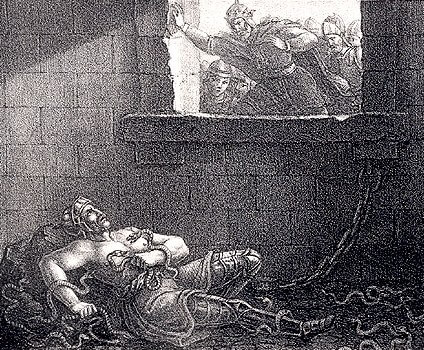
It would seem therefore that his death at the hands of Aella in a pit of snakes has its roots in myth rather than history, for it seems probable that Ragnar perished sometime between 852 AD and 856 AD during his travels across the Irish Sea.
However, while Ragnar’s relationship with King Aella is likely fabricated, his relationship with his sons may not have been. Of his sons, significantly more evidence exists as to their authenticity – Ivar the Boneless, Halfdan Ragnarsson and Bjorn Ironside are all genuine figures in history.
Intriguingly, though the Icelandic sagas that detail Ragnar’s life are often considered inaccurate, many of his sons lived in the right places at the right times to match the deeds mentioned – and indeed his sons claimed to be the offspring of Ragnar himself.
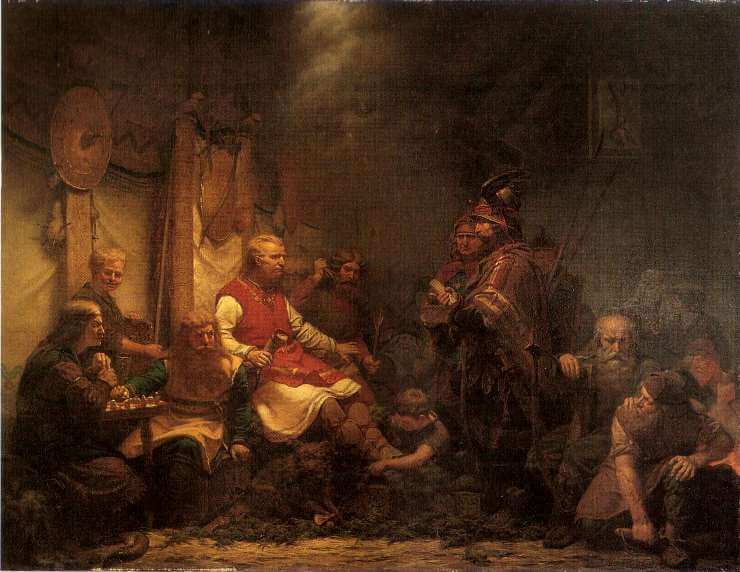
Could these Viking warriors really have been the sons of Ragnar Lothbrok, or were they claiming lineage to the legendary name in order to increase their own status? Perhaps a bit of both. It was not uncommon for Viking kings to ‘adopt’ sons of great standing to ensure their rule continued after they were departed, and so it stands to reason that Ragnar Lothbrok may well have been associated with the likes of Ivar the Boneless, Bjorn Ironside and Sigurd Snake-in-the-Eye, one way or another.
What isn’t in doubt is the lasting impact his supposed sons left on Britain. In 865 AD, the Great Heathen Army landed in Anglia, where they killed Edmund the Martyr in Thetford, before moving northwards and besieging the city of York, where King Aella met his death. Following years of raids, this would mark the beginning of a nearly two-hundred-year period of Norse occupation in the north and east of England.
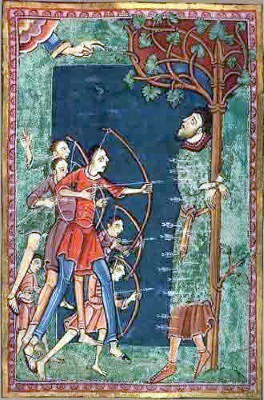
In reality, it is likely that the fearsome Ragnar Lothbrok legend was indeed built upon the reputation of the Ragnar who successfully raided Britain, France and Ireland in the ninth century for extravagant quantities of treasure. In the centuries that passed until his raids were finally recorded in thirteenth-century Iceland, Ragnar’s character likely absorbed the achievements and successes of other Viking heroes at the time.
So much so, that the sagas of Ragnar Lothbrok became a conflation of many Norse tales and adventures, and the real Ragnar soon lost his place in history and was adopted wholeheartedly by the realm of mythology.
By Josh Butler. I am a writer with a BA in Creative Writing from Bath Spa University, and a lover of Norse history and mythology.
